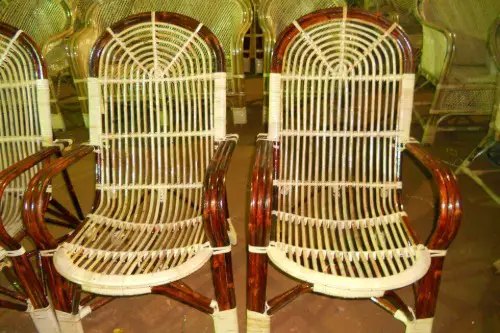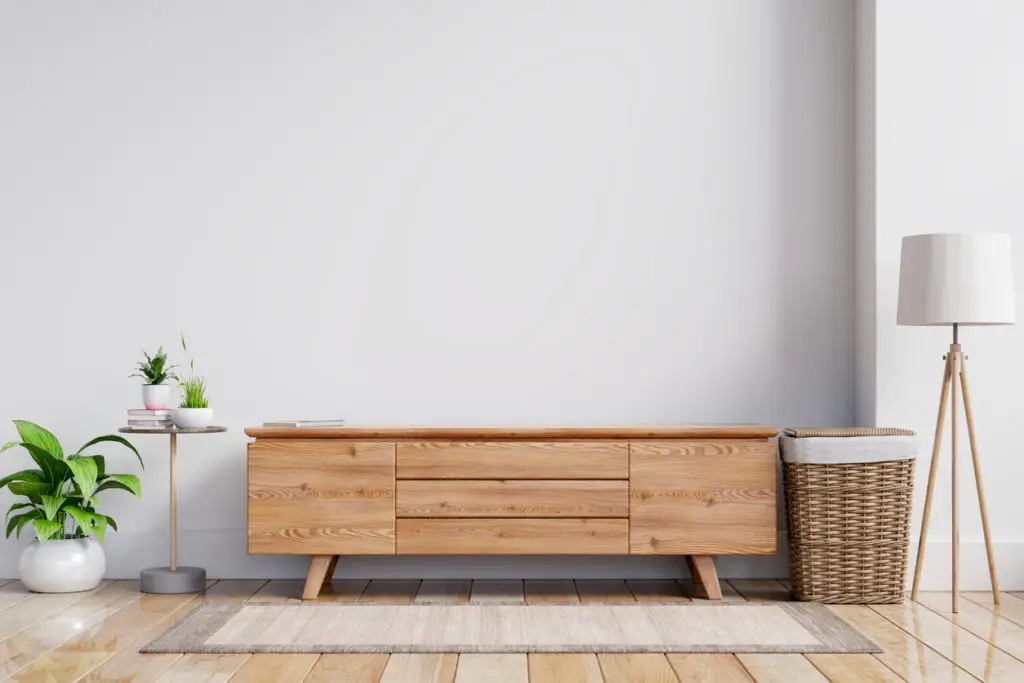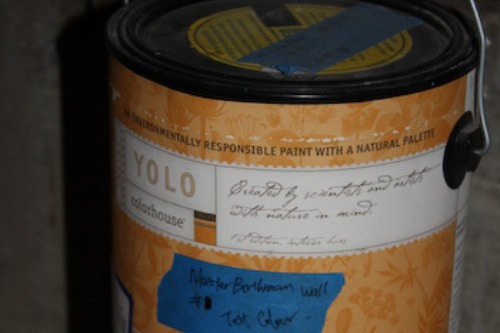1. Fast Furniture with a “Green” Label

It’s tempting to see “eco-friendly” tagged on a cheap chair and think you’ve made a responsible choice. But fast furniture brands often greenwash their marketing, slapping buzzwords on products that aren’t built to last. Even if a table is made with “reclaimed wood,” the manufacturing and transportation costs often outweigh any benefit. Plus, most of this stuff ends up in landfills within a few years anyway.
True sustainability isn’t about buying a new “green” item every season—it’s about keeping what you have or choosing secondhand. The flashy showroom doesn’t show you the carbon footprint behind that $99 bookshelf. And often, “assembly required” means “disposable in 18 months.” If your furniture can’t make it through one move, it’s not sustainable.
2. Bamboo Everything

Bamboo gets a lot of eco-hype because it’s fast-growing and renewable—but that’s only half the story. The process to turn raw bamboo into sleek flooring or soft sheets can be chemically intensive. In some cases, manufacturing bamboo textiles involves toxic solvents that harm workers and the environment. And if it’s shipped from halfway across the world, the carbon cost climbs even higher.
The end product might look natural and minimalist, but don’t be fooled. Just because something started as a plant doesn’t mean it ends up eco-friendly. Always look for specifics like mechanical processing (e.g., bamboo linen vs. bamboo rayon). Otherwise, it’s just plastic in disguise—with a leaf logo.
3. Mass-Produced “Recycled” Decor

You’ve probably seen those vases or wall hangings made from “recycled materials” at big-box stores. While that sounds virtuous, the reality is often murky. The percentage of recycled content is typically tiny, and the item is still produced in massive volumes. Worse, there’s rarely transparency about where the materials come from or how they’re processed.
In short, these are often new products dressed up with a recycled narrative. Real recycled decor usually comes from local artists or small-batch makers, not factories overseas. If the price seems too good to be sustainable, it probably is. You’re better off buying vintage than falling for a mass-market “recycled” gimmick.
4. Faux Plants

Faux greenery is booming in popularity as a low-maintenance way to “bring the outdoors in.” But most fake plants are made from petroleum-based plastics and synthetics that take centuries to break down. They’re rarely recyclable, and often shipped from abroad with a hefty carbon footprint. That fiddle-leaf fig might look fresh—but it’s anything but.
The irony is that these plants give the illusion of connecting with nature while doing the exact opposite. Real houseplants clean the air and foster a sense of responsibility and calm. Faux versions just gather dust and eventually end up in the trash. If you can’t keep a plant alive, consider dried florals or low-maintenance options like snake plants.
5. Overdone Minimalism

Minimalist design gets tied to sustainability because of its “less is more” vibe—but it can become performative. When people toss everything they own to buy sleeker, trendier “minimalist” items, that’s not sustainable—it’s just wasteful. Especially when the old stuff ends up in the dumpster instead of being donated or repurposed. Buying new furniture to fit a pared-down aesthetic misses the point.
A truly sustainable minimalist approach focuses on intentional ownership, not just empty space. Decluttering doesn’t mean replacing everything with Scandinavian knockoffs. It means using what you have in creative, thoughtful ways. Style should follow substance, not the other way around.
6. “Natural” Scented Candles

It’s easy to assume a candle labeled “natural” or “eco” is a clean burn, but it’s often marketing spin. Many candles are made with paraffin wax, a byproduct of petroleum, even if they smell like lavender fields. Some include synthetic fragrances and dyes that release volatile organic compounds (VOCs) into your home. That flickering flame might be polluting your air more than you think.
Soy or beeswax candles can be better—but only if they’re actually what they claim to be. Look for brands that disclose full ingredient lists and use cotton or wood wicks without metal cores. If a candle’s price seems too good to be handmade and clean-burning, it probably cuts corners. Sometimes, lighting one is worse than skipping it altogether.
7. “Eco” Paint That Isn’t

Low-VOC or “non-toxic” paint has become a decorating go-to for the sustainability-conscious. But these labels don’t always tell the full story. Many paints still contain harmful chemicals like biocides or glycol ethers, which aren’t covered by VOC ratings. Just because it smells less doesn’t mean it’s harmless.
The regulations around eco-paint claims vary by region and can be surprisingly lax. Some companies even reformulate just enough to meet minimum standards while leaving problematic ingredients in. Always check for third-party certifications, not just claims on the label. And ventilate your space well, no matter what the can says.
8. Trendy Upcycling That Uses More Than It Saves

Turning old crates into coffee tables or mason jars into chandeliers sounds eco-conscious—but it’s not always a win. Sometimes, the upcycle requires lots of glue, paint, resin, or new parts that outweigh the benefit of repurposing. Plus, viral DIY trends often lead to more consumption, not less—people buy materials just to fake a vintage look. That’s not reuse, that’s rebranding.
Sustainable upcycling happens when you work with what you already have, not when you shop for it at a craft store. The best upcycles minimize added materials and don’t try too hard to look “curated.” If your project costs more and pollutes more than just buying used, it’s a red flag. Not every Pinterest hack is planet-friendly.
This post 8 Decor Trends That Pretend to Be Sustainable (But Aren’t) was first published on Greenhouse Black.
